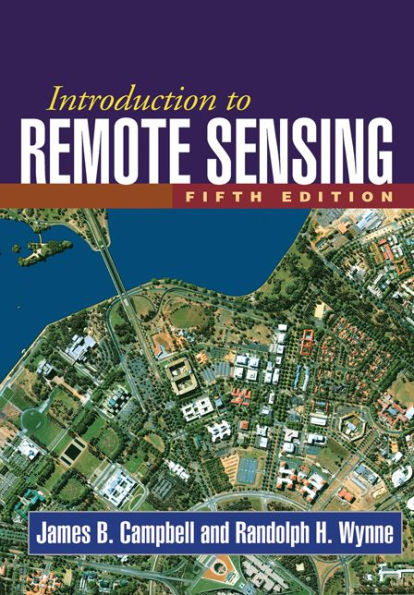5
1
9781609181765



Introduction to Remote Sensing, Fifth Edition / Edition 5 available in Hardcover

Introduction to Remote Sensing, Fifth Edition / Edition 5
- ISBN-10:
- 160918176X
- ISBN-13:
- 9781609181765
- Pub. Date:
- 06/21/2011
- Publisher:
- Guilford Publications, Inc.
- ISBN-10:
- 160918176X
- ISBN-13:
- 9781609181765
- Pub. Date:
- 06/21/2011
- Publisher:
- Guilford Publications, Inc.

Introduction to Remote Sensing, Fifth Edition / Edition 5
$125.0
125.0
In Stock

Product Details
| ISBN-13: | 9781609181765 |
|---|---|
| Publisher: | Guilford Publications, Inc. |
| Publication date: | 06/21/2011 |
| Edition description: | Fifth Edition |
| Pages: | 667 |
| Product dimensions: | 7.30(w) x 10.10(h) x 1.50(d) |
About the Author
From the B&N Reads Blog

